Taste test: Design, Bitches create a coffee training centre for Counter Culture
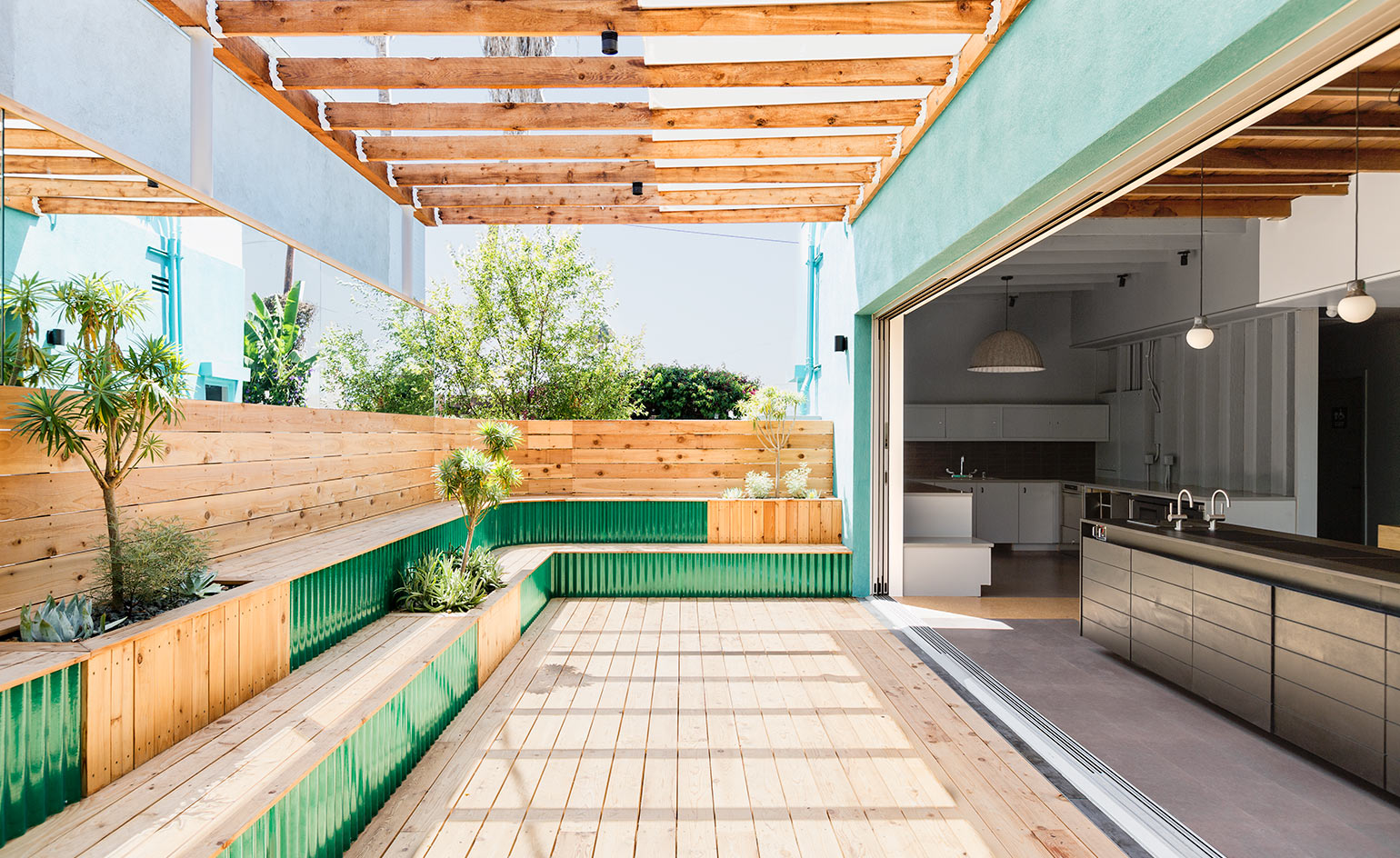
The feted Counter Culture coffee company has brought its know-how, tastings and professional education program to the hip area of Silver Lake in Los Angeles. With plans to open in Seattle, Dallas and Miami next, the North Carolina-based roaster is offering both industry support and public-access coffee brewing classes.
Conceived by Catherine Johnson and Rebecca Rudolph, the duo behind Design, Bitches, the training center is a unique work and play space. 'We took a lot of inspiration from the 1940s streamlined art deco building and from the artistic neighbourhood – from a vibrant exterior colour to [an] interior finish that reflects a California-centric indoor/outdoor sensibility,' they explain.
Organised in a plus formation with two relatively equal axes, the interior space is activated in multiple directions and allows for maximum flexibility and connection to the outdoor space. 'Multiple stations have been set up for espresso and pour-over brewing around the "ziggurat" – a central seating element which acts as room divider, seating for classes when in session and a casual, flexible work space,' Johnson continues.
'Counter Culture's Training Centres serve many purposes for the cities they operate in. First and foremost, they are a classroom where we are able to facilitate a curriculum of coffee education that we offer exclusively to our wholesale partners,' says Jesse Kahn, Counter Culture's national wholesale manager and head of training centre development. 'The spaces are the uniquest [sic] of offices, allowing our regional staff and our partners access to anything and everything they need to learn and engage about coffee.'
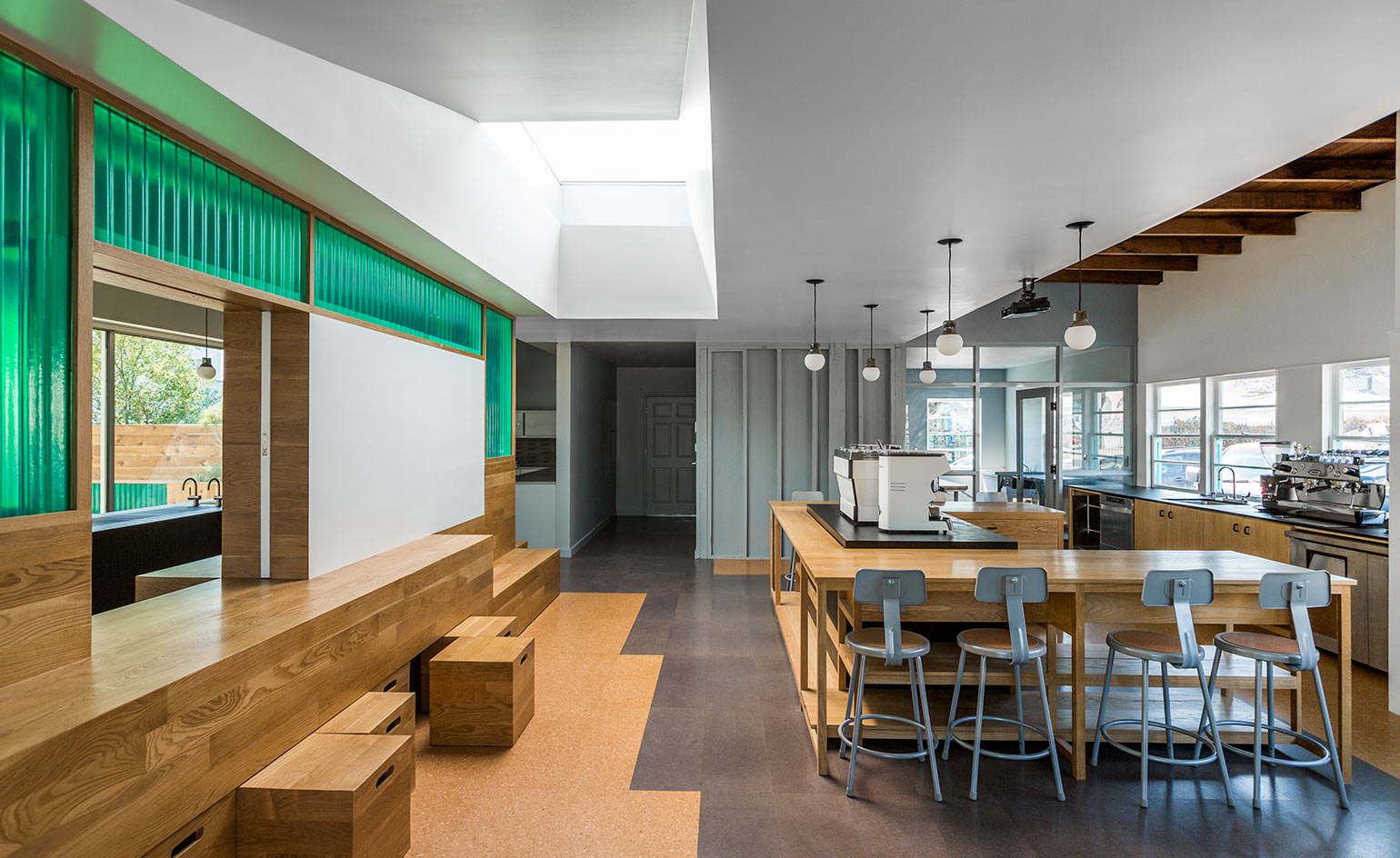
The space, located in the hip area of Silver Lake, will be used for tastings, a professional education program and coffee brewing classes for the public.
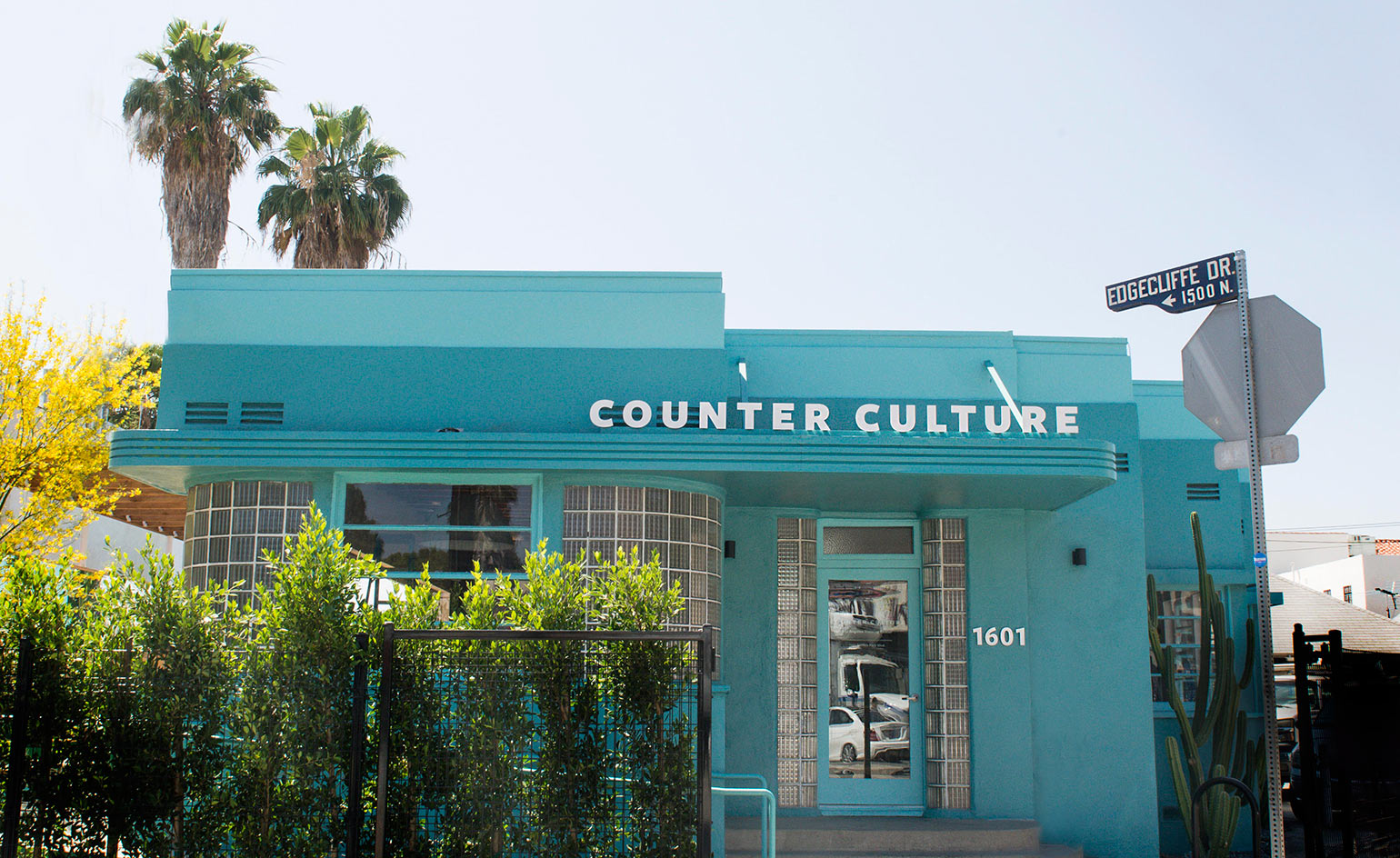
’We took a lot of inspiration from the 1940s streamlined art deco building and from the artistic neighbourhood – from a vibrant exterior colour to [an] interior finish that reflects a California-centric indoor/outdoor sensibility,’ the duo explains.
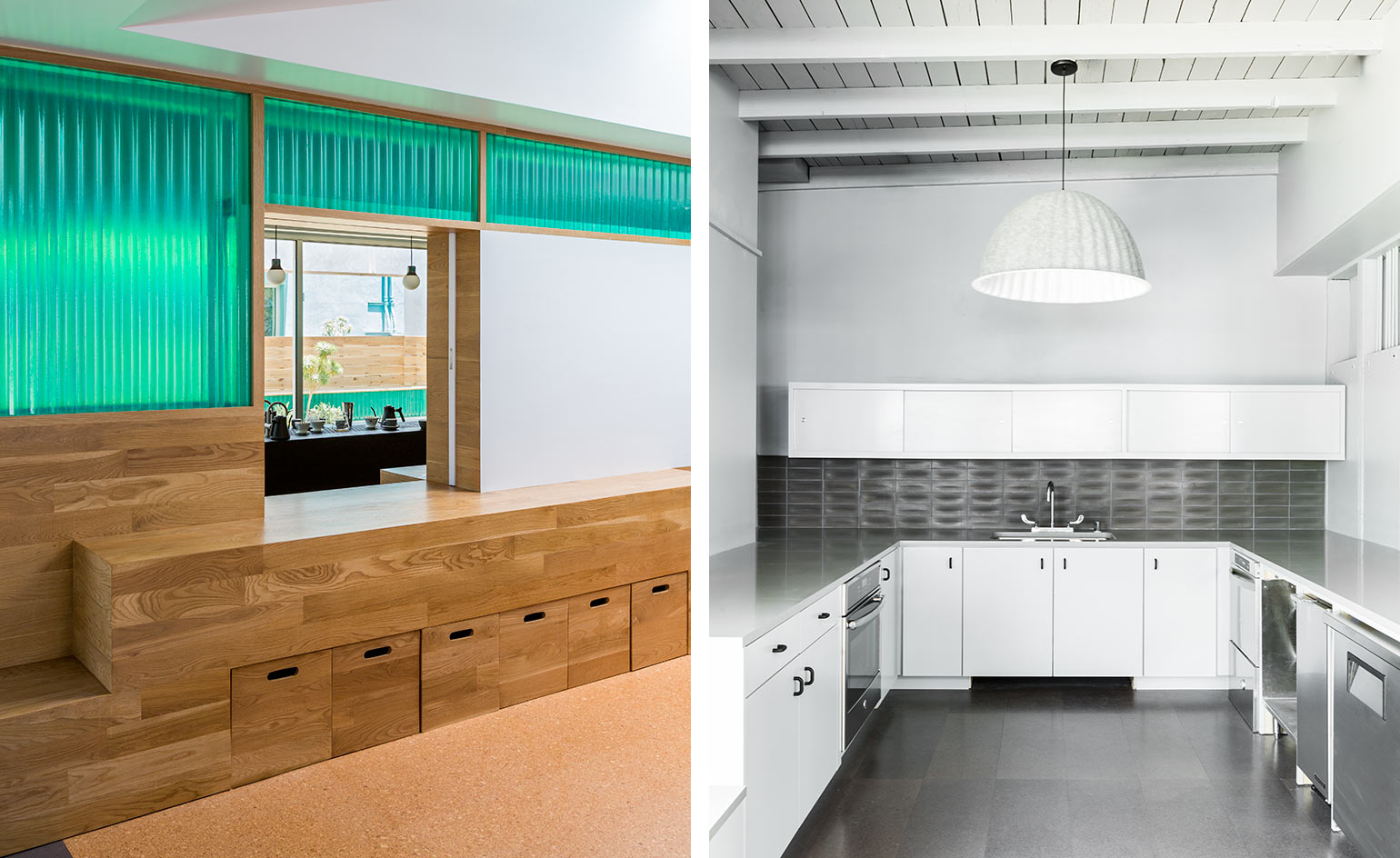
Organised in a plus formation with two relatively equal axes, the interior space is activated in multiple directions and allows for maximum flexibility and connection to the outdoor space.
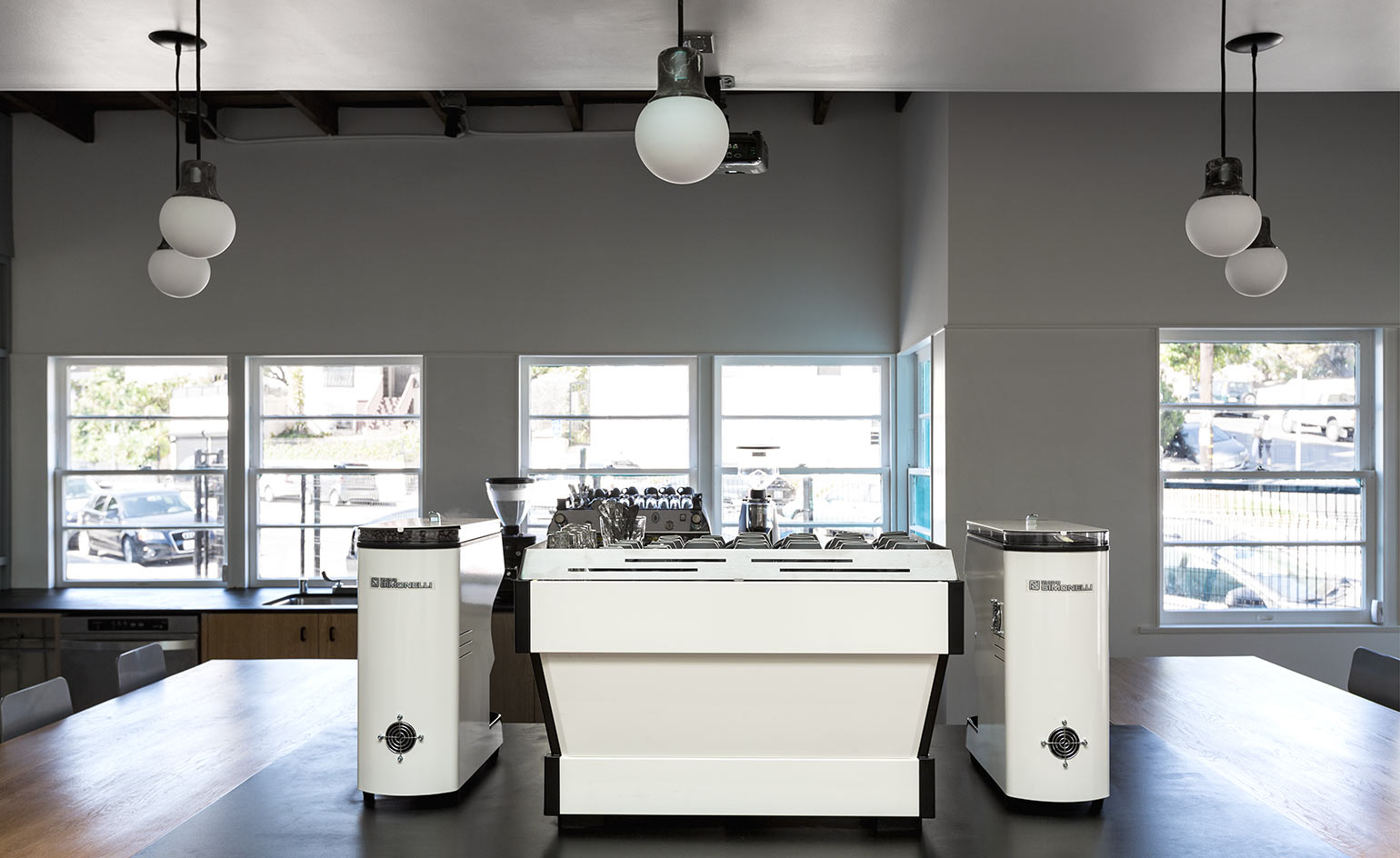
Johnson continues, ’Multiple stations have been set up for espresso and pour-over brewing around the "ziggurat" – a central seating element which acts as room divider, seating for classes when in session and a casual, flexible work space’.
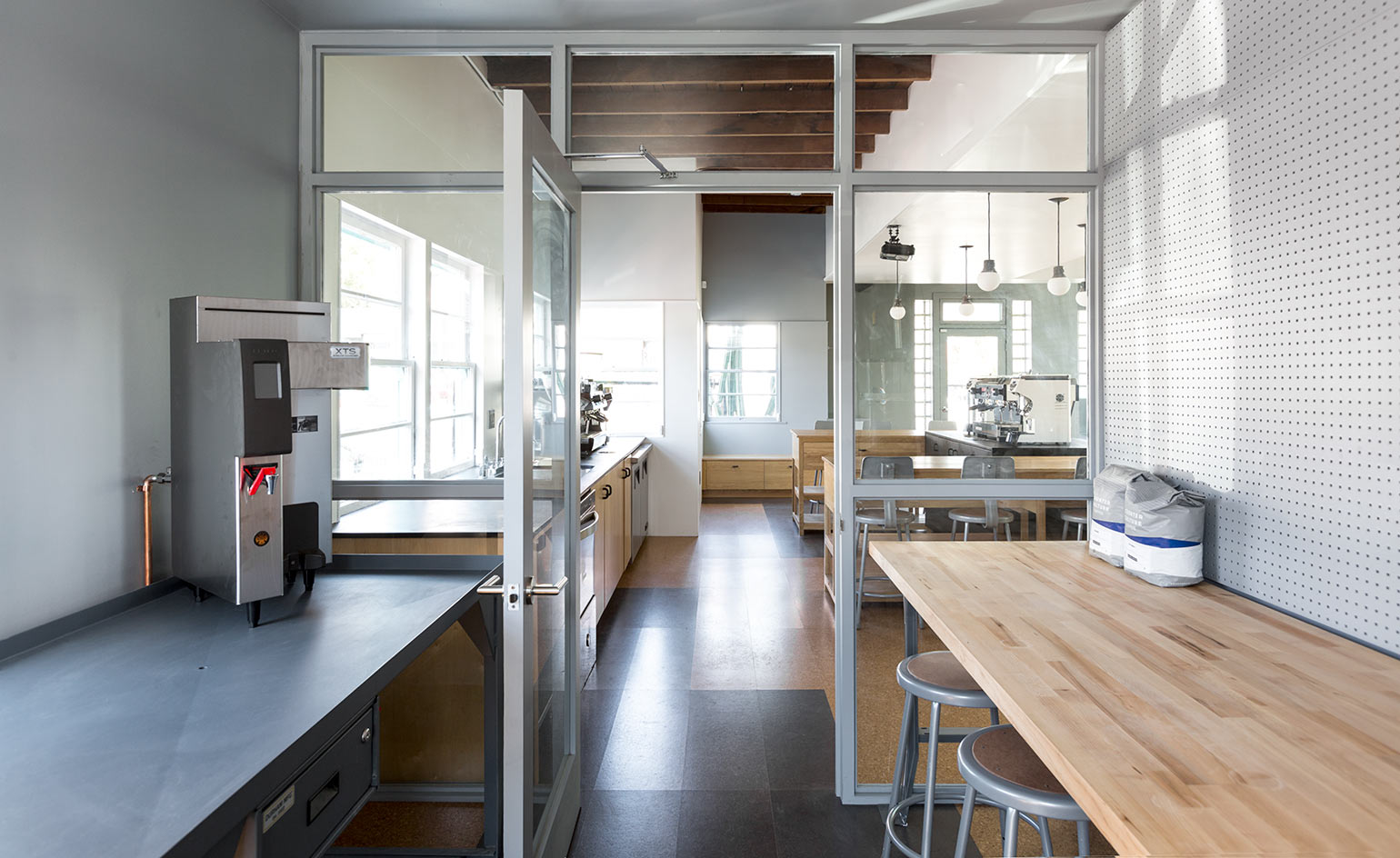
Says Jesse Kahn, Counter Culture’s national wholesale manager and head of training centre development, ’The spaces are the uniquest [sic] of offices, allowing our regional staff and our partners access to anything and everything they need to learn and engage about coffee’.
INFORMATION
For more information, visit the Counter Culture website
Receive our daily digest of inspiration, escapism and design stories from around the world direct to your inbox.
ADDRESS
Counter Culture Training Centre
1601 Griffith Park Blvd
Silver Lake, LA
Daniel Scheffler is a storyteller for The New York Times and others. He has a travel podcast with iHeart Media called Everywhere and a Substack newsletter, Withoutmaps, where he shares all his wild ways. He lives in New York with his husband and their pup.
-
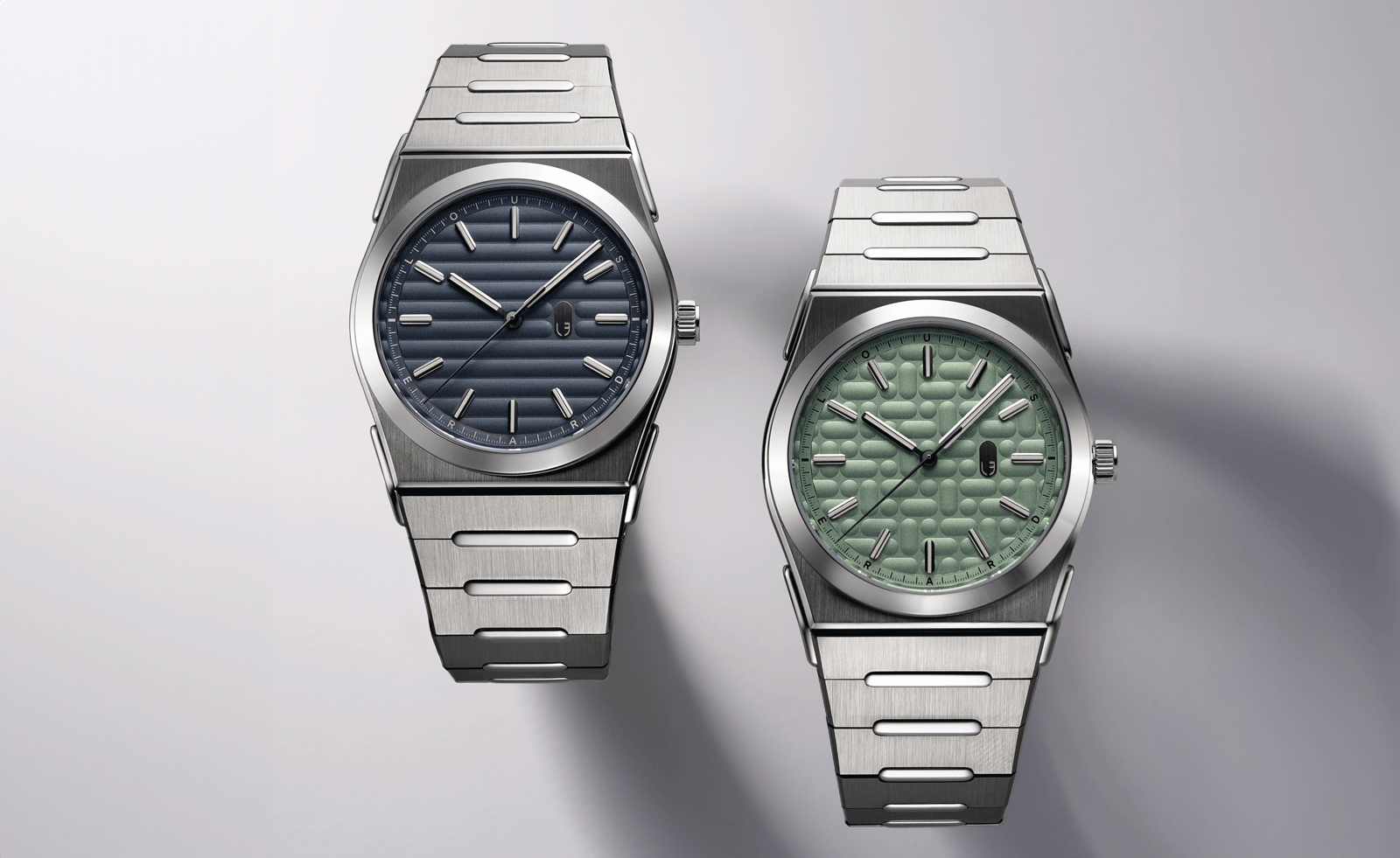 Five watch trends to look out for in 2026
Five watch trends to look out for in 2026From dial art to future-proofed 3D-printing, here are the watch trends we predict will be riding high in 2026
-
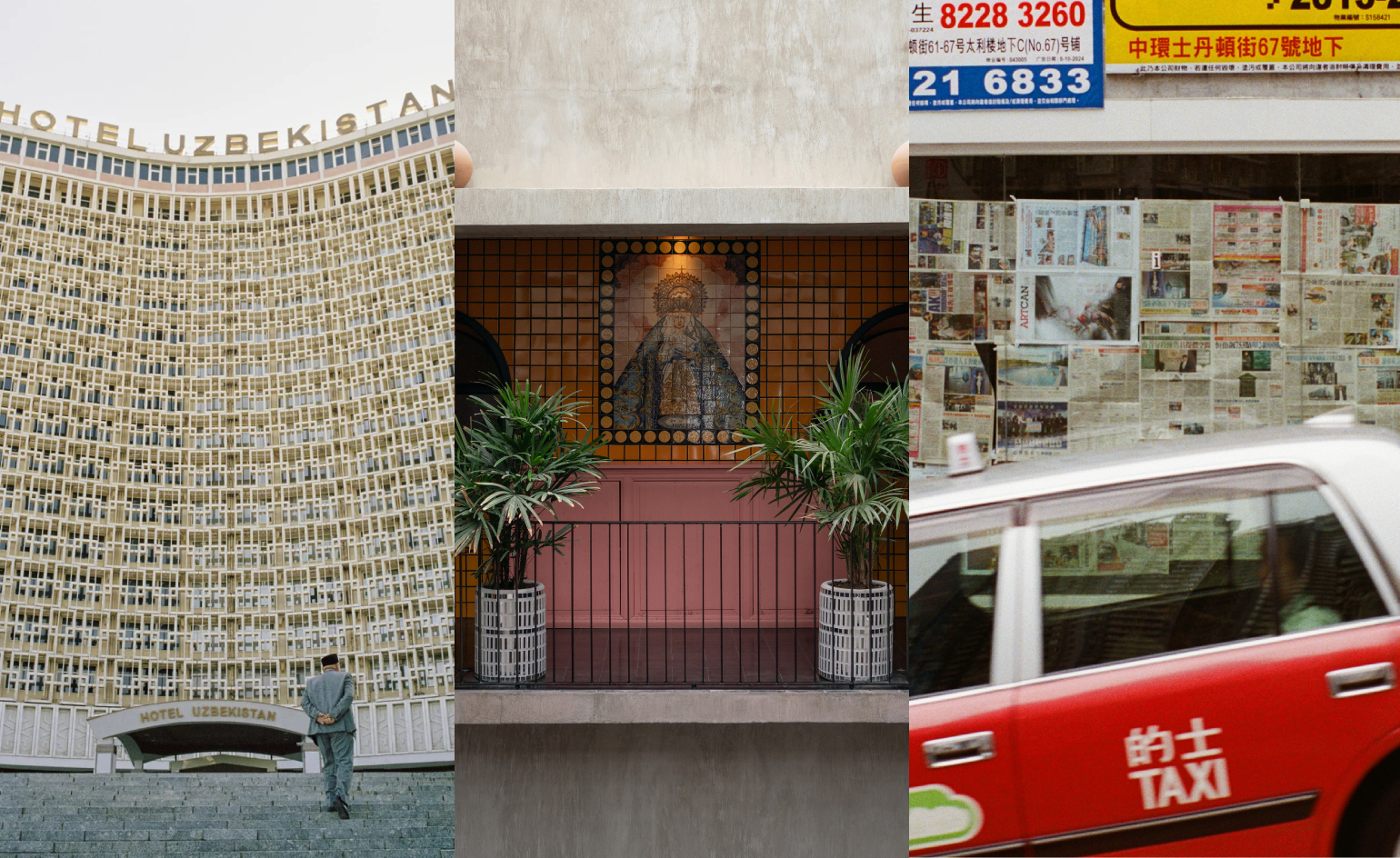 Five destinations to have on your radar this year
Five destinations to have on your radar this yearThe cultural heavyweights worth building an itinerary around as culture and creativity come together in powerful new ways
-
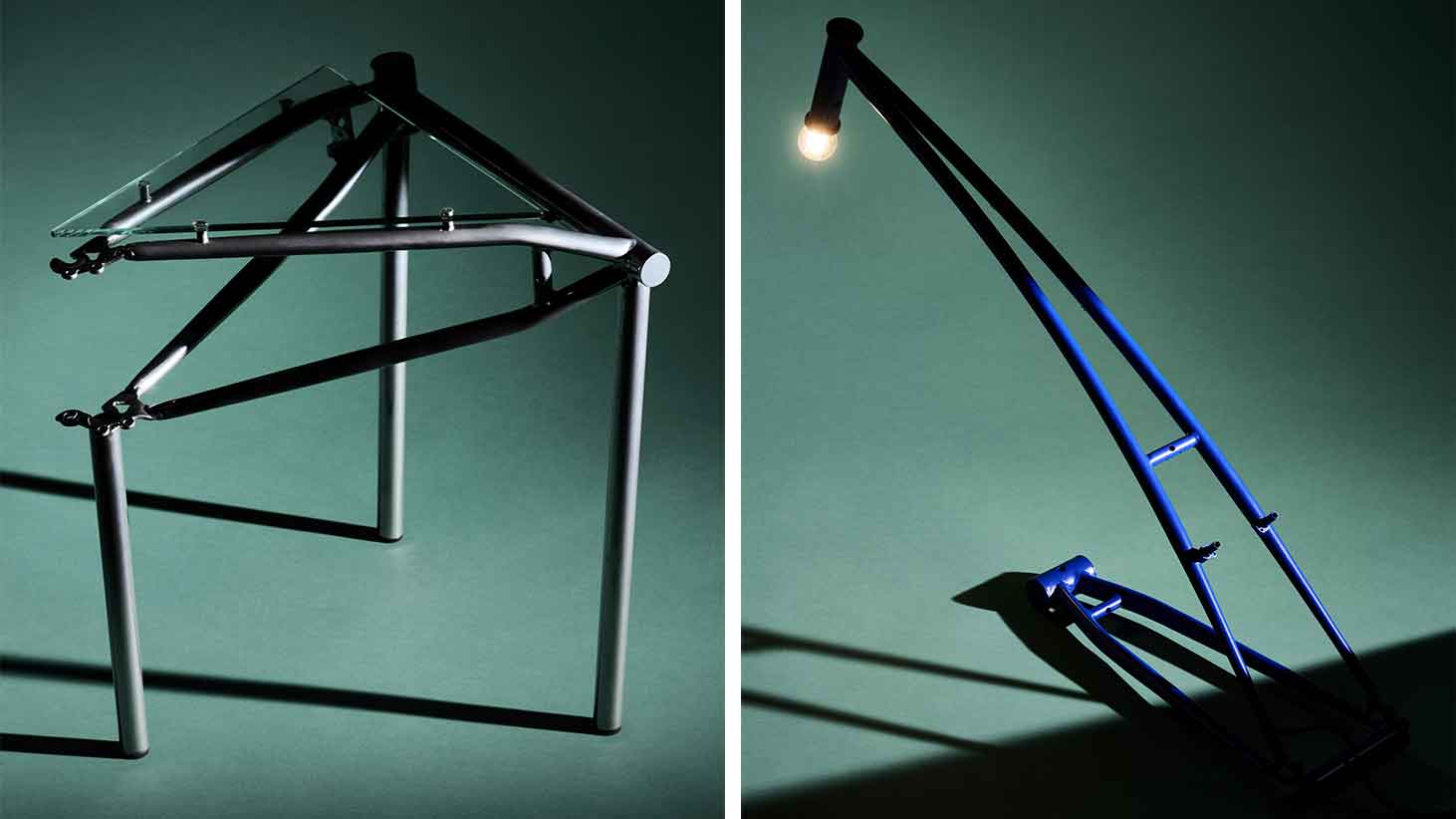 Dublin-based designer Cara Campos turns abandoned bicycles into sleekly minimal furniture pieces
Dublin-based designer Cara Campos turns abandoned bicycles into sleekly minimal furniture piecesWallpaper* Future Icons: Saudi-raised Irish/French designer Cara Campos' creative approach is rooted in reuse, construction and the lives of objects
-
 Step inside this resilient, river-facing cabin for a life with ‘less stuff’
Step inside this resilient, river-facing cabin for a life with ‘less stuff’A tough little cabin designed by architects Wittman Estes, with a big view of the Pacific Northwest's Wenatchee River, is the perfect cosy retreat
-
 Remembering Robert A.M. Stern, an architect who discovered possibility in the past
Remembering Robert A.M. Stern, an architect who discovered possibility in the pastIt's easy to dismiss the late architect as a traditionalist. But Stern was, in fact, a design rebel whose buildings were as distinctly grand and buttoned-up as his chalk-striped suits
-
 Own an early John Lautner, perched in LA’s Echo Park hills
Own an early John Lautner, perched in LA’s Echo Park hillsThe restored and updated Jules Salkin Residence by John Lautner is a unique piece of Californian design heritage, an early private house by the Frank Lloyd Wright acolyte that points to his future iconic status
-
 The Architecture Edit: Wallpaper’s houses of the month
The Architecture Edit: Wallpaper’s houses of the monthFrom wineries-turned-music studios to fire-resistant holiday homes, these are the properties that have most impressed the Wallpaper* editors this month
-
 The Stahl House – an icon of mid-century modernism – is for sale in Los Angeles
The Stahl House – an icon of mid-century modernism – is for sale in Los AngelesAfter 65 years in the hands of the same family, the home, also known as Case Study House #22, has been listed for $25 million
-
 Houston's Ismaili Centre is the most dazzling new building in America. Here's a look inside
Houston's Ismaili Centre is the most dazzling new building in America. Here's a look insideLondon-based architect Farshid Moussavi designed a new building open to all – and in the process, has created a gleaming new monument
-
 Frank Lloyd Wright’s Fountainhead will be opened to the public for the first time
Frank Lloyd Wright’s Fountainhead will be opened to the public for the first timeThe home, a defining example of the architect’s vision for American design, has been acquired by the Mississippi Museum of Art, which will open it to the public, giving visitors the chance to experience Frank Lloyd Wright’s genius firsthand
-
 Clad in terracotta, these new Williamsburg homes blend loft living and an organic feel
Clad in terracotta, these new Williamsburg homes blend loft living and an organic feelThe Williamsburg homes inside 103 Grand Street, designed by Brooklyn-based architects Of Possible, bring together elegant interiors and dramatic outdoor space in a slick, stacked volume